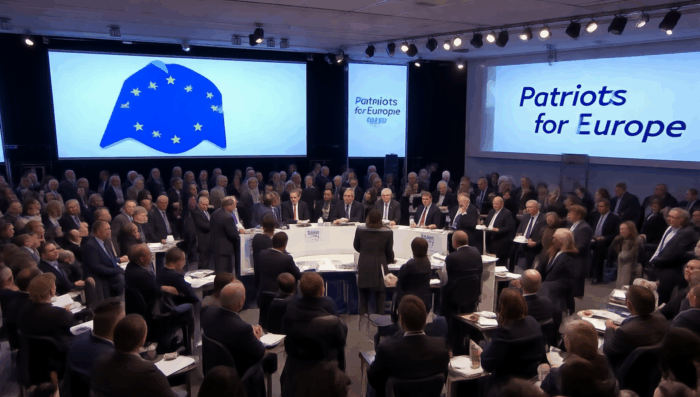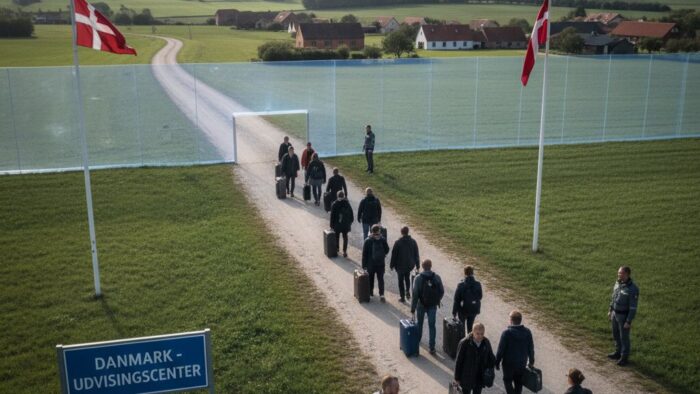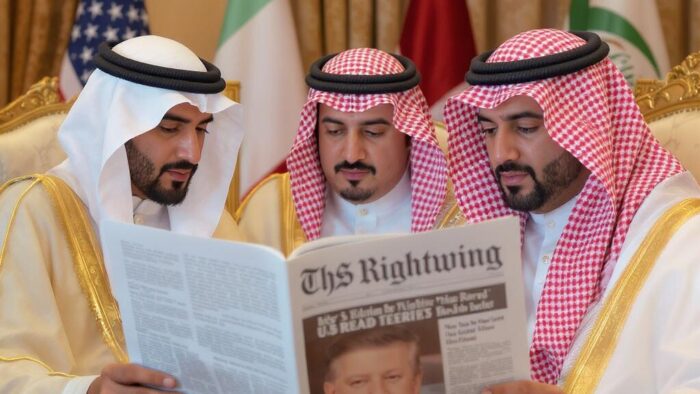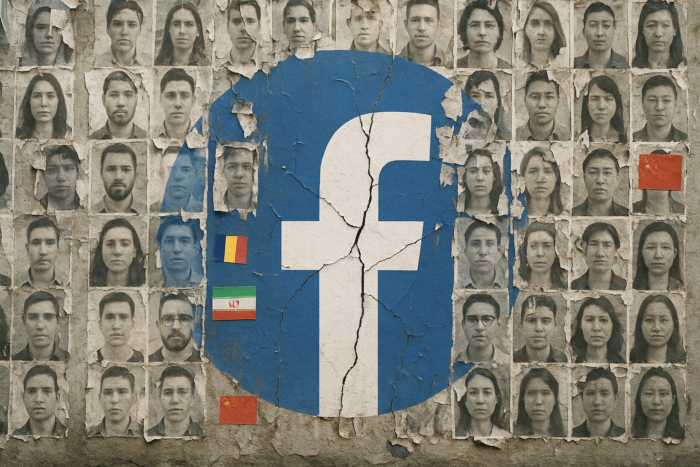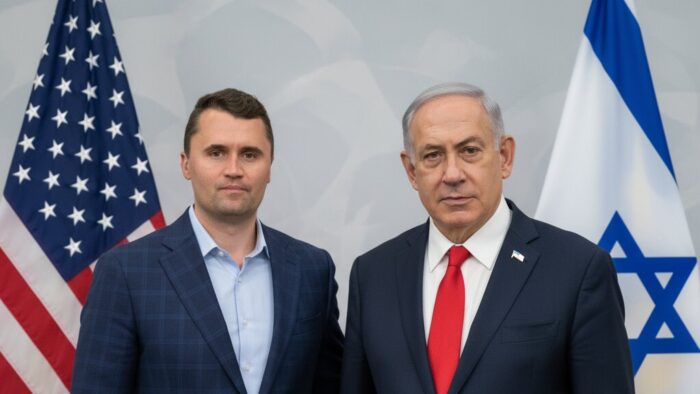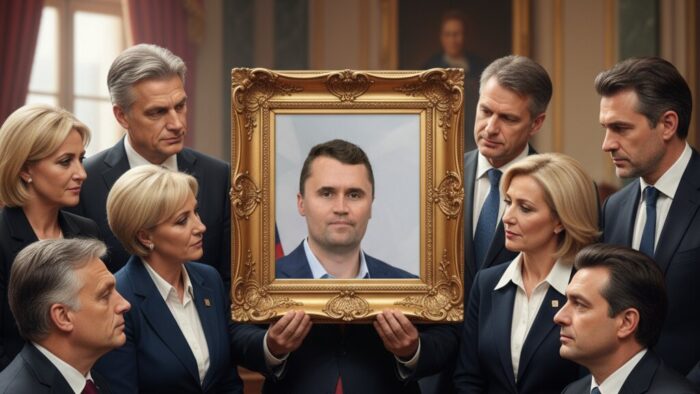Foreign influencers are spinning the Charlie Kirk assassination to serve their governments’ propaganda narratives, though experts say these efforts have limited impact on American audiences. On 18 September 2025, NPR reported that while Russian, Chinese, and Iranian state media have mentioned Kirk’s death over 6,000 times, the toxic online discourse surrounding the shooting remains primarily homegrown rather than foreign-driven. The article begins:
The assassination of Charlie Kirk has been divisive online, and some officials believe foreign governments are trying to make things worse. “We have bots from Russia, China all over the world that are trying to instill misinformation and encourage violence,” warned Utah Gov. Spencer Cox in a press conference following the shooting last week. But experts who monitor foreign disinformation campaigns say the picture is more nuanced. While it’s true that foreign-paid influencers are discussing the shooting, and state-run media outlets are spinning events to fit their narratives – there’s not much evidence those messages are reaching Americans, said Darren Linvill, co-director of the Media Forensics Hub at Clemson University. The toxic discourse around Kirk’s shooting is primarily home-grown: “I wish it were the Russians,” he said. “It’s not the Russians, it’s us.”
Key Points
- Russian state media blames Ukraine for Kirk assassination while Iranian outlets point finger at Israel.
- Chinese state media uses Kirk’s story to portray America as unstable and a divided nation.
- Foreign influence campaigns struggle to gain traction when major news stories dominate social media conversations.
- The Trump administration dismantled government agencies responsible for tracking foreign malign influence operations.s
How State Media Influencers Drive Global Influence Operations Campaigns
Foreign state media outlets serve as primary vehicles for international influence operations, with Russia Today presenting a Russian perspective on global events to counter perceived anti-Russian bias in Western media while operating in multiple languages including English, French, German, Arabic, and Spanish. These operations have escalated dramatically during global conflicts, prompting the European Union to ban RT and Sputnik across its 27 member countries due to their role in spreading disinformation during Russia’s invasion of Ukraine.
State broadcasters employ sophisticated tactics that blend legitimate journalism with strategic messaging, as demonstrated by Iranian bot networks targeting Scottish independence through 1,332 fake profiles that systematically promoted divisive narratives before pivoting to pro-Iranian messaging. Similarly, Turkey’s state broadcaster TRT faces legal scrutiny for potentially violating US foreign agent laws by denying political activities while extensively promoting President Erdogan’s foreign policy objectives and pro-Hamas messaging to American audiences.
These influence operations extend beyond traditional broadcasting through digital platforms and sophisticated networks that circumvent regulatory restrictions, as seen with Sputnik’s return to Estonia through new domains and funding mechanisms. The coordinated nature of these campaigns reveals how authoritarian regimes leverage state media infrastructure to shape international perceptions, influence diaspora communities, and advance strategic geopolitical interests while maintaining plausible deniability through claims of editorial independence and journalistic legitimacy.
External References:
- Treasury Takes Action as Part of a U.S. Government Response to Russia’s Foreign Malign Influence Operations
- Two International Propaganda Models: Comparing RT and CGTN’s 2020 US Election Coverage
- TikTok removes Russian state media outlets RT and Sputnik, citing ‘covert influence operations’
Disclaimer
The Global Influence Operations Report (GIOR) employs AI throughout the posting process, including generating summaries of news items, the introduction, key points, and often the “context” section. We recommend verifying all information before use. Additionally, images are AI-generated and intended solely for illustrative purposes. While they represent the events or individuals discussed, they should not be interpreted as real-world photography.

